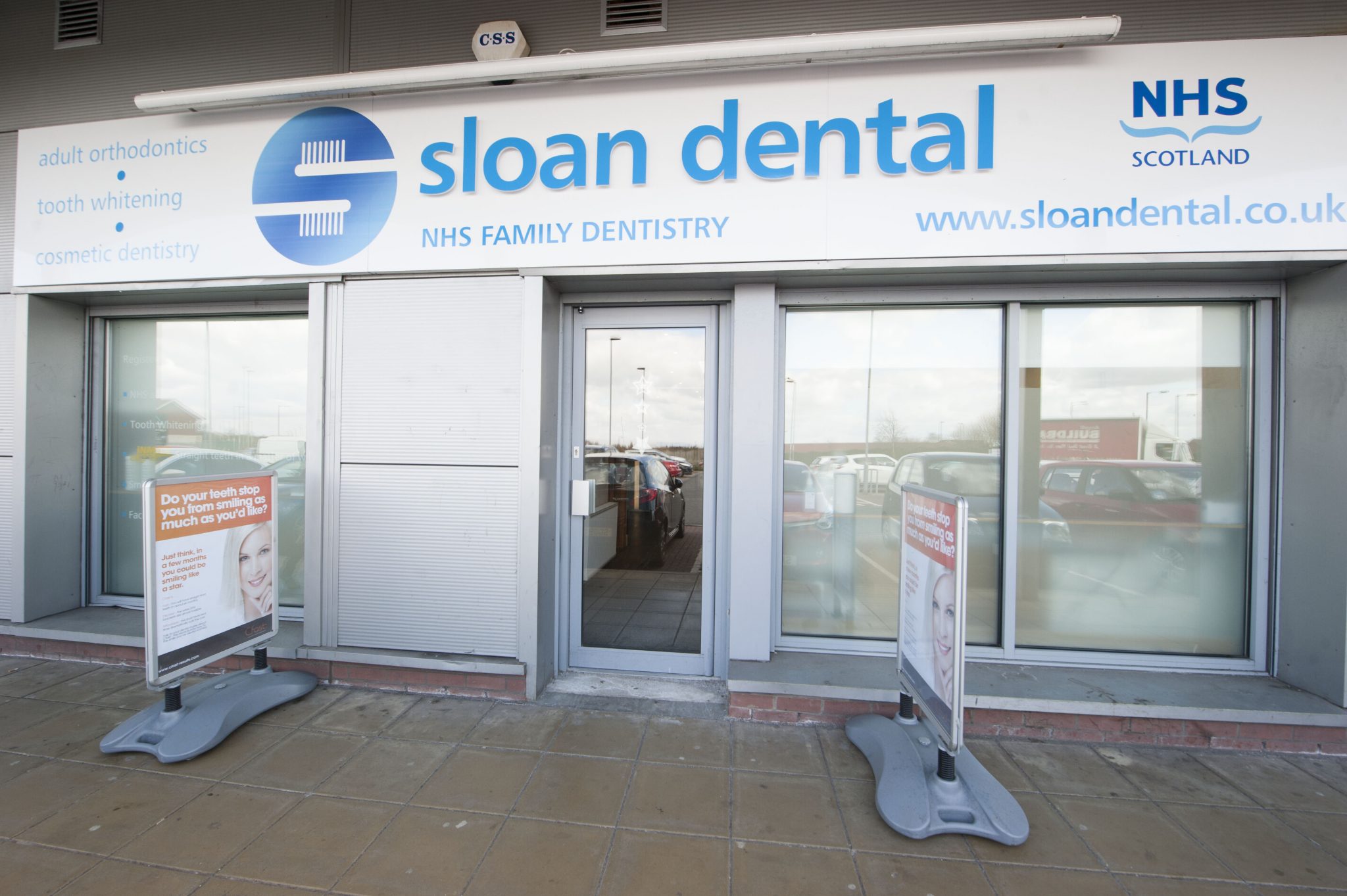If you’re nearing the end of your orthodontic journey, you might be a little bit nervous about what lies ahead. Depending on the type of braces you have, the process for removing braces will be very different.
For fixed braces, you’ll need to visit your dentist to have the brackets and wires removed. With clear aligners, you will need to visit your dentist to check on the progress and get fitted for your removable retainers.
Life after braces should be an exciting time, but many orthodontic patients get nervous about having their braces removed. In this blog, we’ll outline some of the things you can expect after braces.
We’ll explore how the removal process works, treatments you might want to consider after braces, and how to keep your teeth straight and aligned in the long term.
How are braces removed?
Traditional fixed braces are removed using specialist tools. The brackets are pulled away from your teeth and then any bonding material left on your teeth is gently polished away.
You might feel pressure as the brackets are pulled away, but it doesn’t hurt. After months of wearing braces, you will be accustomed to the feeling of pressure on your teeth.
You might have some increased sensitivity as your teeth will now be exposed after being covered for so long. We recommend taking pain killers before your appointment. You should also avoid very hot or very cold food and drink for a few days after your braces are removed.
For invisible aligners, the process is much more simple. You will visit our dental office for a final check and then you can stop wearing your aligners.
What should I do after braces?
Some patients like to finish their orthodontic treatment with a hygienist appointment. Brushing your teeth with braces is more difficult, and you might want to hit refresh on your oral hygiene.
A hygienist deep clean will ensure any spots you may have missed are free from plaque, tartar and bacteria. It can also help to remove any remaining bonding material from your teeth.
Another popular treatment after braces is teeth whitening. If you’re looking for a complete transformation, teeth whitening will help. Braces can also cause slight staining, so this is an excellent choice for removing any surface stains.
Are teeth perfectly straight after braces?
Your teeth will be in optimal alignment when you have your braces removed, but they might not stay perfectly straight. Teeth often settle into a more relaxed position when they aren’t under constant pressure.
Braces can move the teeth, but they cannot affect the position of the ligaments that hold the teeth in the jaw. The ligaments will stretch to accommodate the movement of the braces but will want to retract once the braces are removed.
The only way to guarantee straight teeth after braces is to wear a retainer at night time. You may get a clear plastic or metal retainer to wear at night time.
How long do your teeth hurt after braces are removed?
After months and months of wearing braces, you might be relieved to see the end of the treatment. But having your braces removed might not mean an end to the discomfort.
Many patients experience a few days of aching as their teeth adjust. But rest assured, you won’t be uncomfortable for too long. Your pain should be easily managed with paracetamol or ibuprofen.
You might also have some increased sensitivity. This could make hot or cold food and drink painful when it touches your teeth. Try switching to sensitive toothpaste to help reduce your discomfort.
Do you have to wear a retainer forever?
In general, yes. You will need to wear your retainer for as long as you want perfectly straight teeth. If you have a crowded arch, the teeth will want to shift into the easiest possible alignment, and this isn’t always a straight alignment.
Wearing a retainer at night time will eventually become second nature. And missing a night or two isn’t the end of the world. You will need to get your retainer replaced periodically. And just like Invisalign aligners, you will need to deep clean your retainer daily.
Regular dental checkups will help your dentist keep track of your teeth and determine if you need a fixed metal retainer.
If you had braces as a child and your teeth gradually moved out of alignment again, you can consider braces again as an adult. Get in touch to find out if you’re a candidate for fixed or removable aligners.



